Things Expedition Cruise Lines Don’t Tell You Until You’re onboard!
Things Expedition Cruise Lines Don’t Tell You Until You’re onboard!
At the start of my recent Greenland Arctic expedition cruise, an ominous notice appeared in the daily program. It required us to attend a mandatory (written in capital letters no less!) meeting at 5pm.
Having been on four previous expedition cruises to Antarctica, the Arctic and Galapagos I knew to expect this meeting. But most did not, and many were confused as we’d had the muster drill which they thought was the only mandatory requirement on cruises. Concern grew when the Expedition Director made an announcement saying failure to attend would have significant implications for the cruise.
This got me thinking I should talk about this and 5 other things that I only found out about after boarding when I started going on expedition cruises.
Mandatory Talks & Must-Dos
It’s a make-or-break mandatory talk about the rules of the region.
On my Arctic trips, I heard about the AECO rules (Association of Antarctic Expedition Cruise Operators), in Antarctica it was IAATO rules (International Association of Antarctica Tour Operators), and in Galapagos the National Park Rules.
The lines check attendance and not going would have meant not being allowed to go on any of the off-ship outings during the cruise.
These talks laid out what we all must do, can do, and cannot do on landings, and the rules most hear for the first time are incredibly strict and limiting. Unlike when they’ve been on a Caribbean or Alaska cruise where they can head off the ship and pretty much go and do whatever they want.
Rules included having my clothes worn off the ship being screened – even vacuumed sometimes – to make sure they weren’t carrying seeds and bugs. Staying within a defined area (which in the Arctic had Polar Bear Guards encircling it), walking on specific paths and not even stepping off to take a photo in the Galapagos. What distance I must stay from wildlife, not taking anything (even a feather or a pebble) back to the ship and how I must not leave anything behind. For example, even when I take a tissue out of our pocket, making sure it doesn’t blow away.
They revealed then that no food can be taken out, and there were no toilet facilities, and the only option was returning to the ship.
At these rules being revealed, I always see many surprised at how stern the lecture was and how restrictive it is once on land. But the next topic revealed on board, usually covered at the same talk, really upsets many.
Itinerary A Hope Not A Plan
Once on board you are told that the advertised itinerary is at best a hope, and day-to-day we’ll be told where the ship will go to next as conditions in these remote areas change constantly. Unlike on regular cruises, where changes to a Caribbean, Mediterranean or Alaska cruises we’ve booked is very usual. It is revealed that this will be the norm on an expedition one.
Let me give you examples based on my recent trip to Greenland and the Canadian Arctic. The advertised itinerary had us boarding in Kangerlussuaq in Greenland before heading across to first explore the Canadian Arctic. But the sea ice in the Baffin Sea made crossing there impossible, so we stayed in Greenland sailing North with the line having to hastily reschedule or find places for us to visit along the way.
Storms To Consider
Once we could find a way to cross into Canada, a massive storm passing by and thick ice forced us to scrap most of the advertised itinerary for the region and take refuge first in Eric Fjord. Where they found a place to hike up to a frozen lake, and then then the next day in Admiralty Fjord where the line had to scout a landing in Adams Sound and negotiate a stop at Arctic Bay. A settlement of 900 people, who spontaneously laid on some cultural immersion.
On other days, even that day’s announced schedule and program were reworked after the Captain turned the ship around when polar bears were spotted, or decided we should do an unplanned zodiac ride close to Crocker Bay Glacier we were passing.
I have seen on all my expedition trips many passengers getting stressed on finding and experiencing that what was advertised is not happening. On an Antarctica trip last season, I was contacted by someone who booked an itinerary after seeing my South Georgia videos, but were left distraught when the line cancelled sailing there due to rough seas. It had not crossed their mind, and it had not been made clear by the line before going, that that was possible.
I don’t think expedition cruises make it clear before people book that the itinerary is, and must be, a hope and a guideline. None of the five I have done to date have ever run to the advertised itinerary.
But many passengers that have realised that, or learn to be adaptable and flexible, were not aware of this next issue also not spoken about before boarding.
Active and Mobile
On my first expedition cruise, which was to Antarctica, I quickly realised that not enough is made before going around the need to be active and mobile to get the most from these costly trips.
First, because of the Zodiacs. It is unusual for an expedition ship to dock. It is almost always moored off land, and zodiacs are used to get us passengers to and from land. Even embarkation and disembarkation on my Galapagos and Greenland cruises were by zodiacs.
These small inflatable boats hold around 10 people, and require climbing off the ship into them, and can often be bobbing up and down. Many landings are “wet landings” which means clambering off them into water. I have seen many really struggling on every trip.
Second, because while some excursions will be leisurely zodiac rides, like that Canadian Arctic glacier one or around icebergs and bays in Antarctica, the landings and off-ship experiences are active.
Most are strenuous hikes, like on my recent Arctic trip up big hills to view glaciers. Clambering over rocks to see waterfalls, or up steep ice and snow hills in Antarctica to see penguin colonies or huge glaciers. In the Galapagos it was over uneven ground.
Strenuous Activities
On all my expedition cruises I came across people that had not realised quite how strenuous these landings and hikes were going to be and had to skip many of the best sights and experiences.
The other active activity was snorkelling in Galapagos. Probably half of the highlights I saw there were in the water: amazing fish, Galapagos penguins, Galapagos seals, sharks, and rays. Many on that trip had no idea until on it that this was so key to the trip, and some told me they would have reconsidered going had they known before.
On every expedition cruise I’ve been on there has been someone in a wheelchair travelling with friends or family. Talking to them, in most cases they had not appreciated they would not be able to get off the ship at all.
On that Greenland cruise, over the 18 days the crew did finally take him out once – in Disko Bay to cruise around the icebergs as the sea was very calm. And on my 18-day Ponant Antarctica expedition cruise they arranged for the gentleman in the wheelchair on there to be taken on a landing in a calm bay so he could say he had been on the continent. But rest of the time had to stay on the ship.
So, while mobility and agility come as a surprise to many on board, so does the wildlife. Or nature of what you see versus what the brochures, social media and websites suggest.
Wildlife Reality
Everyone I meet on an expedition cruise is expecting to see the bucket list and iconic wildlife shown in all those materials. In the Arctic that is polar bears, in Antarctica and the Arctic it is whales breaching or enormous tails rising close to the ship and so on.
The implication being we’re going to see these all, up close and that we will get amazing photos even with just our Smartphones as they are within touching distance, almost.
Once on board at the start of the trip, I have always been told that, while they will try, seeing things polar bears, whales, seals and so on is a game of chance and luck. There is no guarantee. Which once they say it is obvious as they can’t get wildlife to appear on request!
Also, I found if we have encountered things like polar bears and whales they have been far away, as the ship must stay a distance away, the sighting is fleeting, and I missed them by the time I get out on deck.
For example, on that Greenland Arctic trip, we did see polar bears. In fact, seven polar bears across the trip. However, we were on the ship, they were on land and landing when they are around is prohibited as they are so dangerous.
All were at least a kilometre away (about 1,000 yards) so it took binoculars, which many lines like mine provide, or a camera with a very long lens to see beyond a small white dot in the distance. I had a long 300mm lens and even that was not great.
Keeping A Distance
The same has been my experience with whales in both Arctic and Antarctica. Whales often come closer to the ship themselves, but the ship must try keep distance. So, it’s tended to be puffs from Orcas in the distance from the spouts, and humpback whale tails which with a good camera I did get decent shots. As exciting as it was to see them, I realised we do not get to see them as close as the images suggest when booking.
On the positive side, most expedition cruise lines have onboard photographers and videographers who have incredible lenses, and so often take better video and photographs of the sightings.
On the upside though in Antarctica, penguins I did see and get close to as they have no fear of humans. Also in South Georgia, on the beaches I could get close to elephant seals and seals. And in the Galapagos close to birds and the giant tortoises.
While I don’t think expedition cruises do a good job at setting expectations about wildlife until on board, they absolutely do not on the next area. And many passengers, especially those used to on-board life on regular cruises to places like the Caribbean are expecting something quite different.
Entertainment
Because it is called a “cruise” most seem to expect a usual cruise entertainment program. However, once on board they learn that the focus and main entertainment is enrichment lectures, recaps, and briefings.
For example, on that most recent trip we had 16 lectures (including history, climate, wildlife, culture, and geology) and usually a daily recap of that we had seen and briefing on where we would be going the next day with background to what we would see.
The evening entertainment was a pianist or guitarist playing after dinner, or instead a panel with the polar bear guards and another one with the senior officers. So again, enrichment talks really.
Instead of an entertainment team, there is an Expedition Team of subject experts. So, even across the day there is not a program of events as they are all out in the landings with guests. On all expedition cruises at most I’ve seen perhaps one trivia most days, the occasional cooking or dining event, like we had a German Sausage and Beer lunch, also a Captain Welcome and Farewell and some fitness classes.
People who like lots going on and being entertained, find it a bit of a shock as they expect a typical cruise program packed with events and shows, but until on board they are not really made aware it does not exist.
But for some, like me, the lack of entertainment especially in the evening, even if a surprise, ends up not being an issue because of the next thing people discover.
It’s No Holiday
Expedition cruising is tiring, and days can be erratic, as becomes clear only once on board.
First because landings often start early in the morning. We had many from 7:30am and 8am. As you discover on the ship, the regions limit how many people can be on land at any one time. In the Arctic and Antarctica, that’s only 100. As most expedition ships have at least 200, the first 100 go off for up to two hours or so, come back and the next 100 go.
So that takes four to five hours, the ship then sails to another location of interest a few hours away and repeats that. So, to fit that all in means early starts and long days of activity.
Second, this then means that recaps and briefings often take place in the evening before dinner, so there’s limited downtime.
Third, as the sights are amazing or the ship has spotted amazing icebergs, whales, or polar bears, I found a lot of the time when not on landings I spent standing out on deck. So that is tiring too.
Fourth, if the crew spot something of interest like those polar bears, whales, or unusual sights, they make an announcement no matter the time of day or night to alert us to it. On this last trip we had them at 11:30pm at night and at 5:30am some mornings. As a once in a lifetime trip and with all the money they cost, turning off the announcements and missing potentially a major sighting is not an option. It gets tiring though as also the landings have been so active.
All this is not made clear until on board!
SUPPORT TIPS FOR TRAVELLERS
- Find out about being a Patron on Patreon: https://www.patreon.com/tipsfortravellers
- Check out my T-Shirt range: http://bit.ly/TFTStore
FOLLOW ME ON SOCIAL MEDIA
——————————————-
- YouTube: http://www.youtube.com/tipsfortravellers
- Twitter: http://www.twitter.com/garybembridge
- Facebook: http://www.facebook.com/tipsfortravellers
- Instagram: http://www.instgram.com/garybembridge
- LinkedIn: https://www.linkedin.com/in/bembridge
- TikTok: @garybembridge

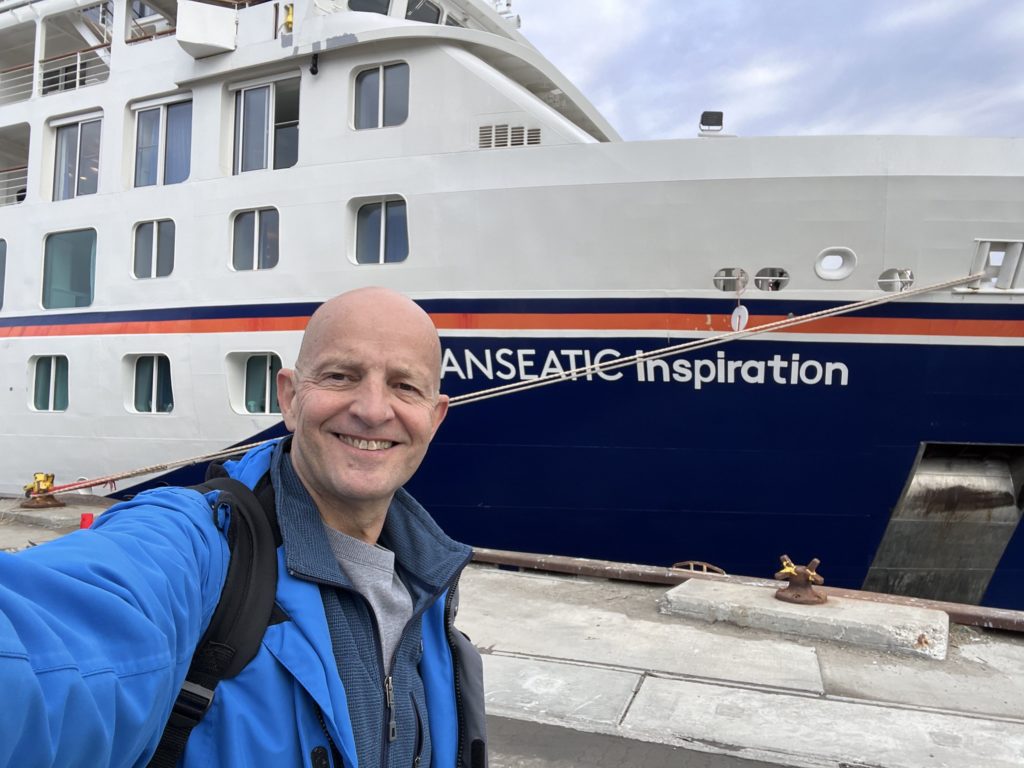
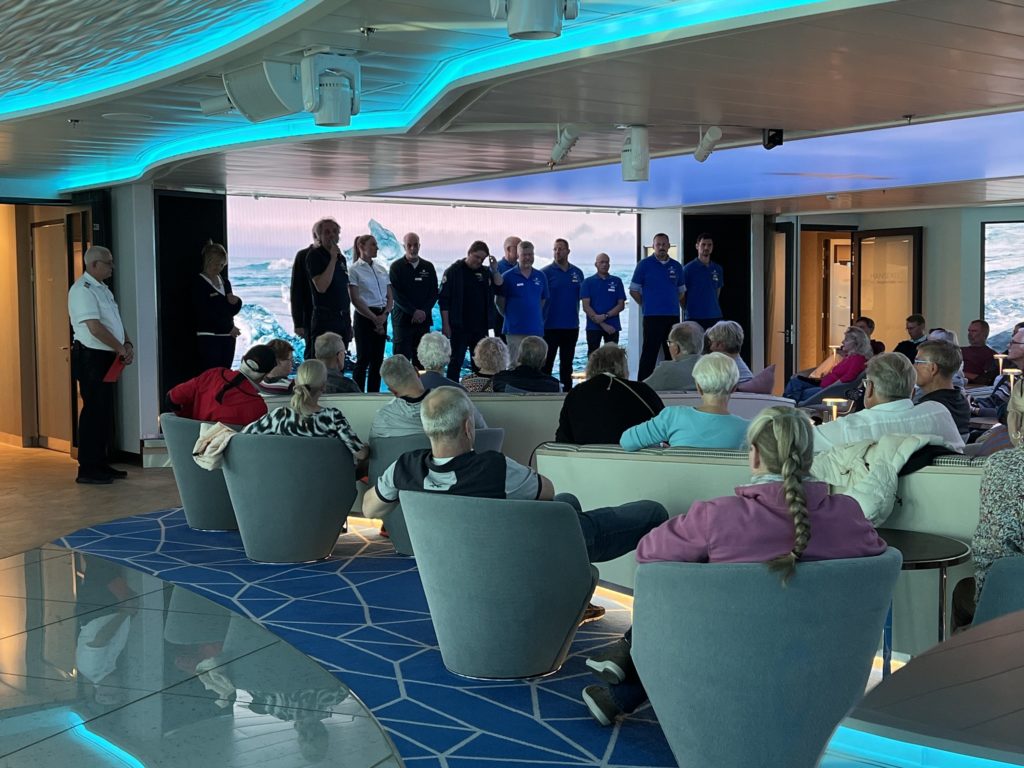
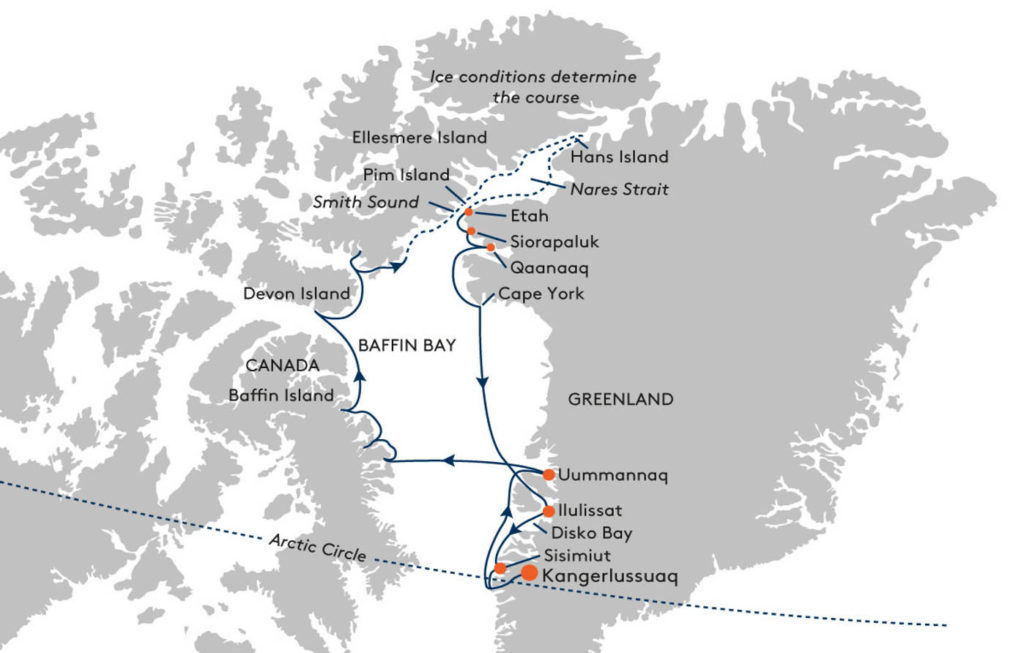
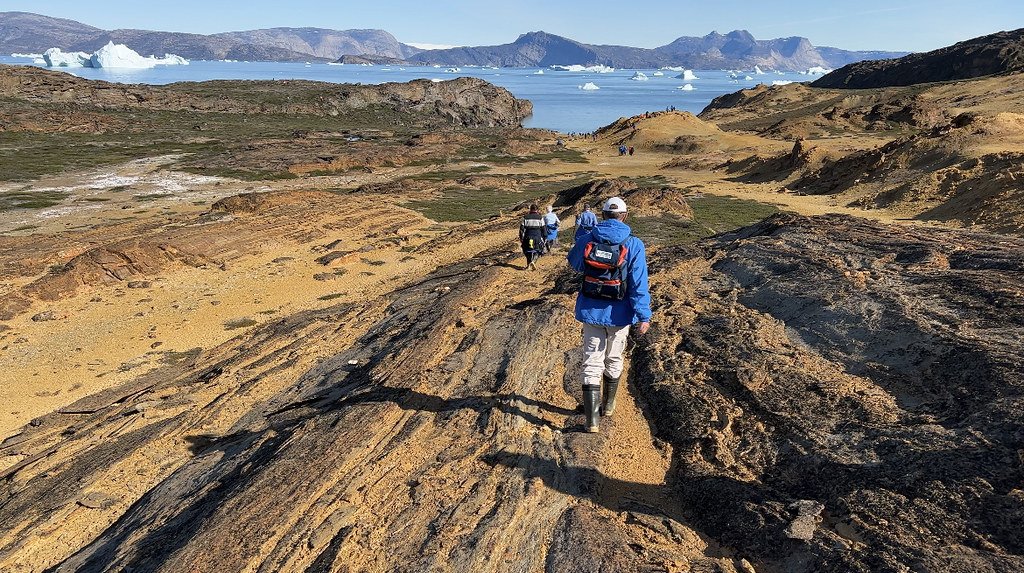
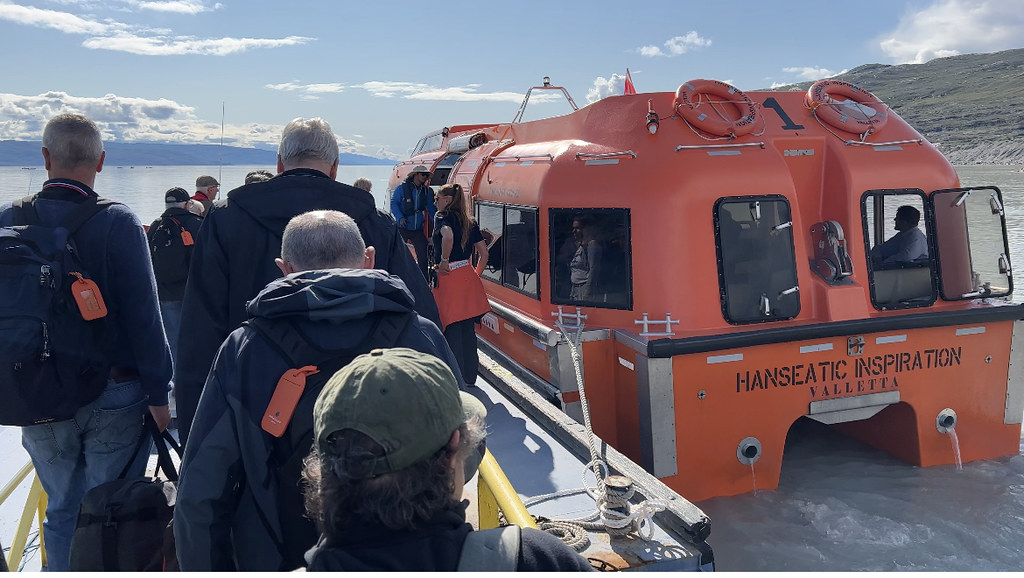
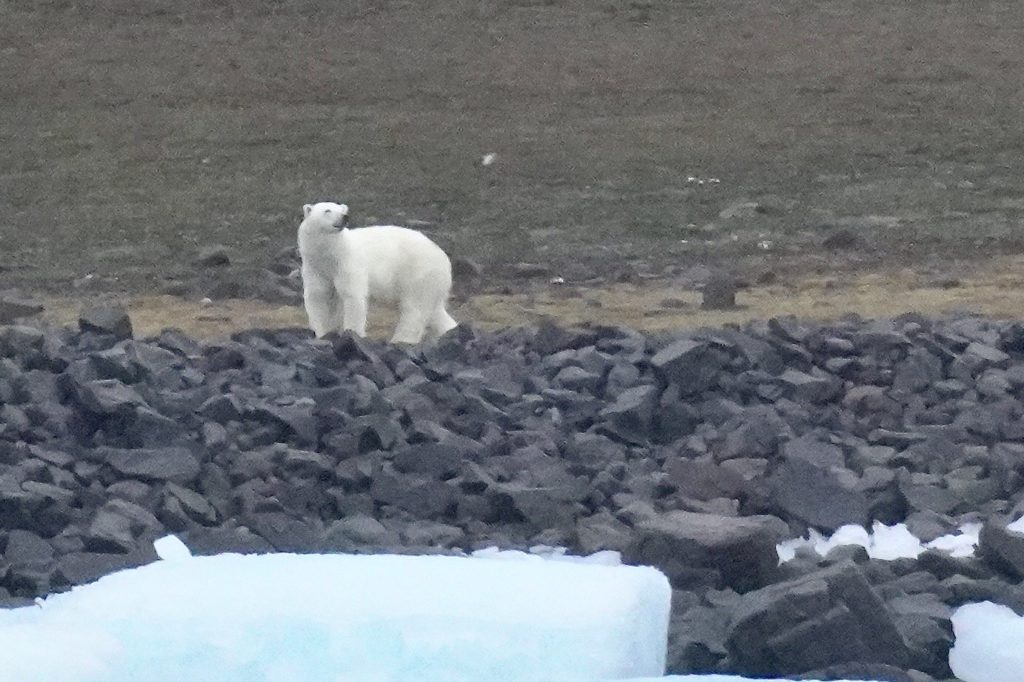
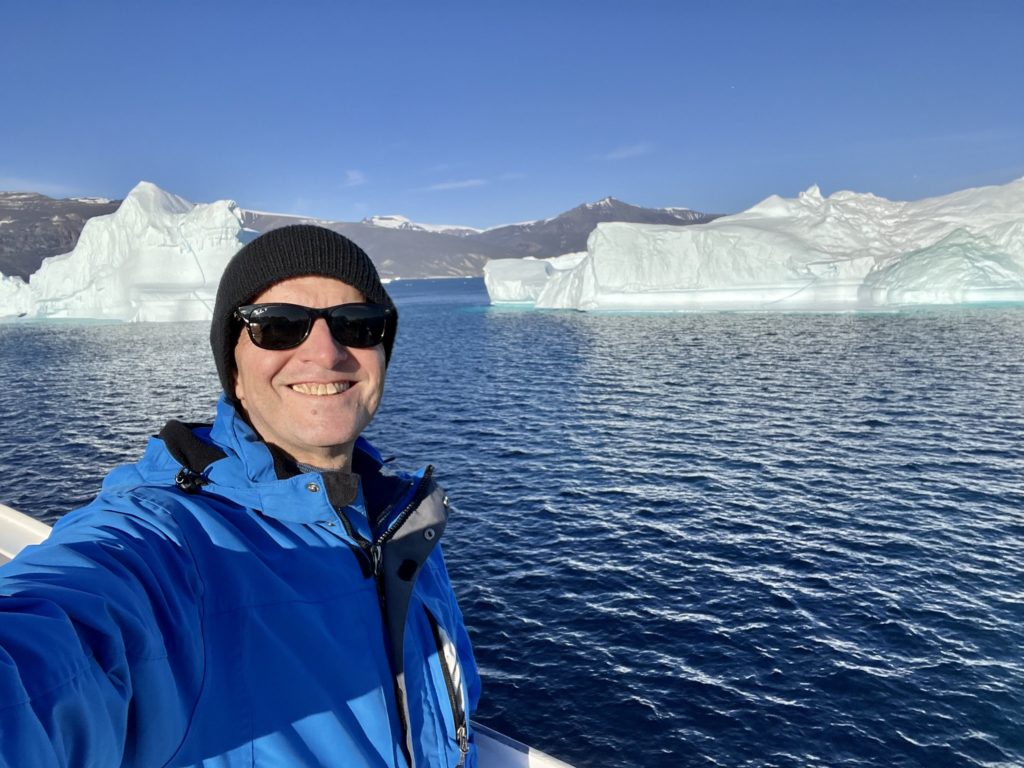
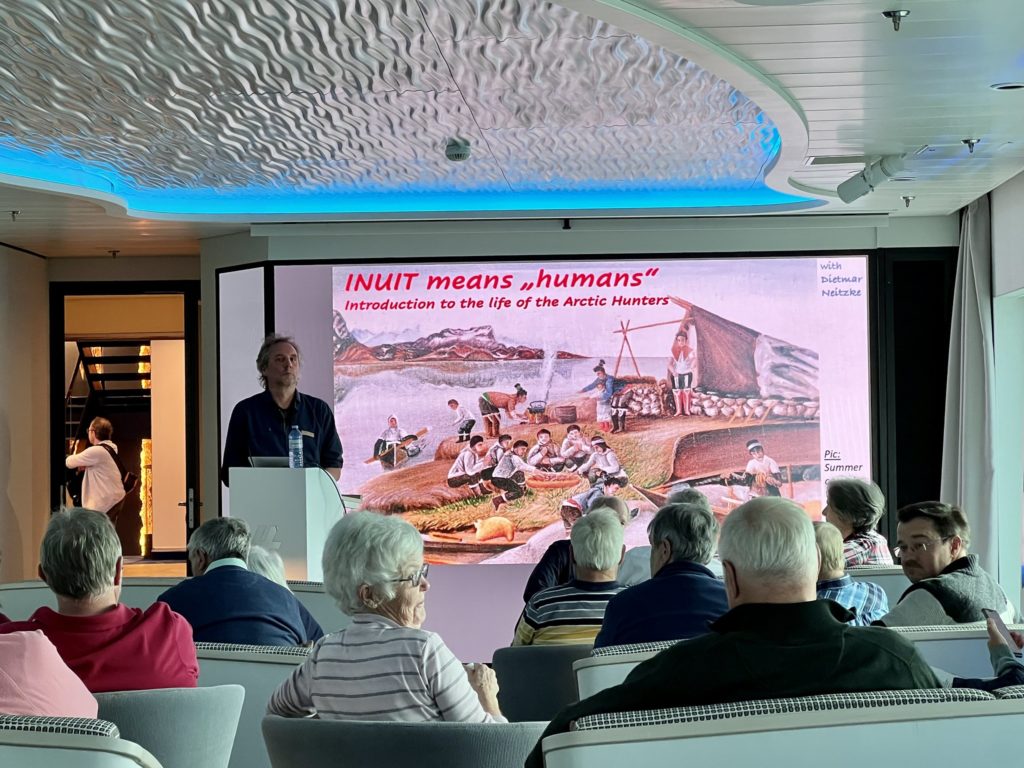
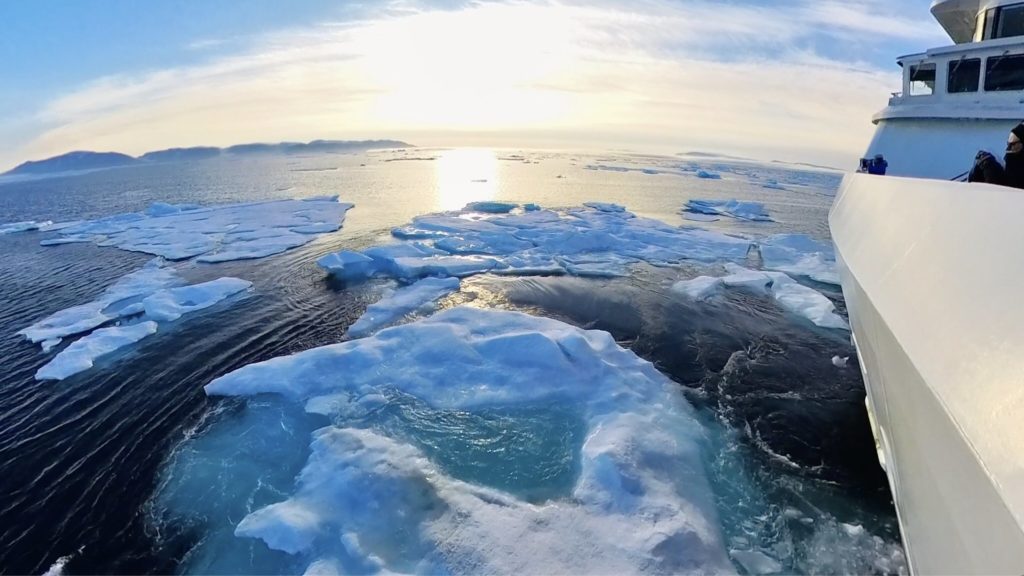
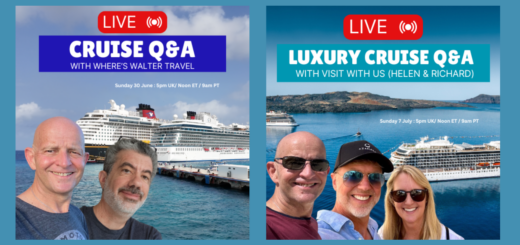
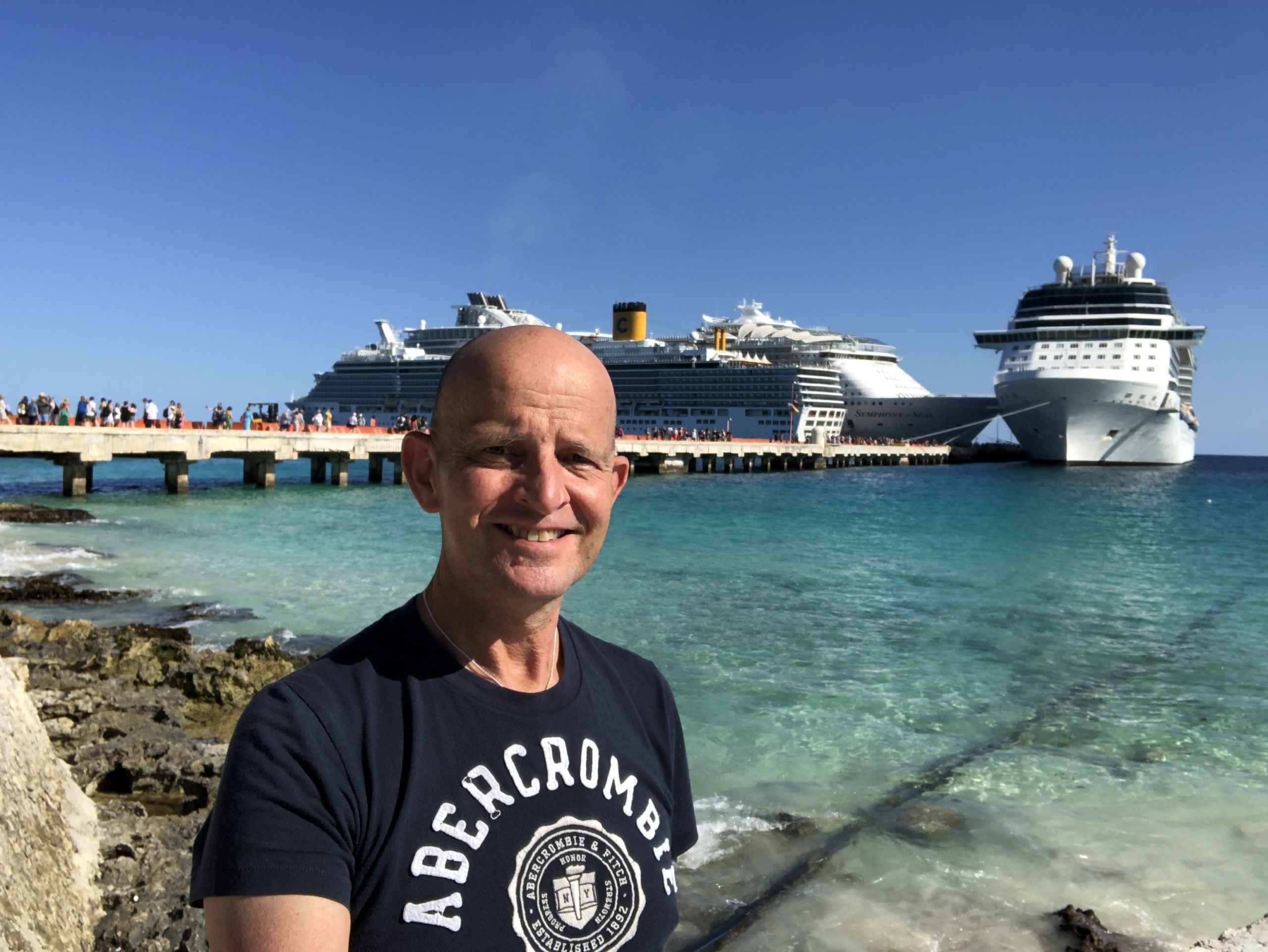
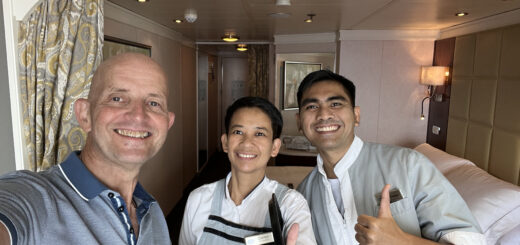










Thank you for your important, clear and balanced information.